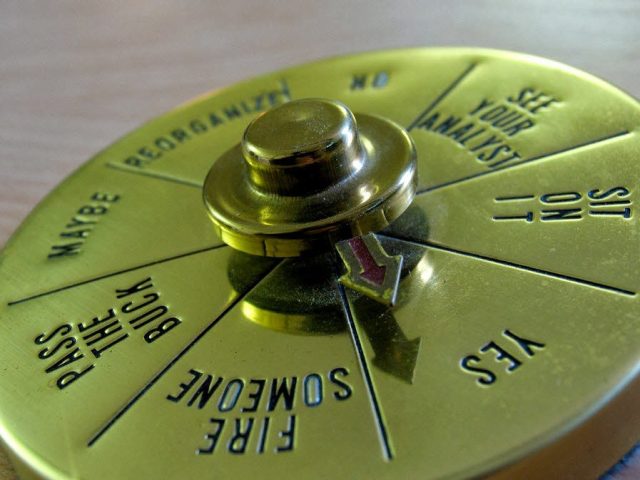

The acid came on evenly and I began to enjoy myself. I wrote the time on a pad of paper and left it on our kitchen table. That made sense and appealed to me, and so at 1:40 PM on a Saturday my partner and I each took a tab of LSD we were familiar and comfortable with. In general, most folks like to get used to the acid experience first before incorporating MDMA. When I made a candy flip survey and asked people about their timing preference, the majority of the 63 participants said they take LSD first and MDMA sometime between one and five hours later. (I think this ended up happening up to me-which I’ll get into more detail below-and was incredibly intense, so be cautious about aiming for this as a goal.) However, others swear by peaking on both substances at the same time, and so tend to take their MDMA earlier in the journey (between 45 mins and two to three hours) or even simultaneously. Some like to avoid coming down from the MDMA while still on LSD, and so they take their molly later on in the trip (at hour four or five) to wind down from both substances around the same time. The preference around timing really depends on a few factors. There’s some debate online as to the timing of taking each substance and what actually qualifies as a candy flip, but when I started looking into it, the most consistent advice I could find was to take LSD first and then MDMA somewhere between two and five hours later. It’s not a new trend, but one of the oldest and most popular poly drug mixes or drug “flips” out there. “Candy flipping” is slang that originated in the UK for taking acid and molly during the same trip. Candy flipping, or mixing LSD and MDMA, is an advanced psychonaut technology that should be approached with caution and respect, and in my opinion, only by those who already have extensive experience with both substances separately. That’s because it was intense in a way that now, three days later as I write this out, I’m still a bit shattered. " The Genesis Files: With Bit Gold, Szabo Was Inches Away From Inventing Bitcoin.When I was deep in the midst of a candy flip last weekend and thought about writing this article, I couldn’t stop laughing at how ridiculous it seemed to describe and help others through this kind of journey. " Bitcoin: Who Owns it, Who Mines it, Who’s Breaking the Law."īitcoin Magazine. " Regulators Dial Up the Heat: Dash, ZEC and Monero Reach Boiling Point?" " FAQs: Final CIP Rule," Pages 1, 8.Ĭointelegraph. “ Ross Ulbricht, the Creator and Owner of the Silk Road Website, Found Guilty in Manhattan Federal Court on All Counts.”įinancial Crimes Enforcement Network. " 6 Top Cryptocurrencies With Smart Contracts."įBI. " Cambridge Bitcoin Electricity Consumption Index."

" UFA2020 Overview: Universal Financial Access by 2020."

" West Virginia Secretary of State Reports Successful Blockchain Voting in 2018 Midterm Elections." " 3 Innovative Ways Blockchain Will Build Trust in the Food Industry."Ĭointelegraph. “ Bitcoin: A Peer-to-Peer Electronic Cash System,”. This is why blockchains are also known as a distributed ledger technology (DLT).īitcoin. In this way, a blockchain is the foundation for immutable ledgers, or records of transactions that cannot be altered, deleted, or destroyed. The goal of blockchain is to allow digital information to be recorded and distributed, but not edited. For Bitcoin, this means that transactions are permanently recorded and viewable to anyone. Decentralized blockchains are immutable, which means that the data entered is irreversible.In Bitcoin’s case, blockchain is used in a decentralized way so that no single person or group has control-rather, all users collectively retain control.

Different types of information can be stored on a blockchain, but the most common use so far has been as a ledger for transactions.Once the block is filled with data, it is chained onto the previous block, which makes the data chained together in chronological order. As new data comes in, it is entered into a fresh block.Blockchain is a type of shared database that differs from a typical database in the way that it stores information blockchains store data in blocks that are then linked together via cryptography.


 0 kommentar(er)
0 kommentar(er)
